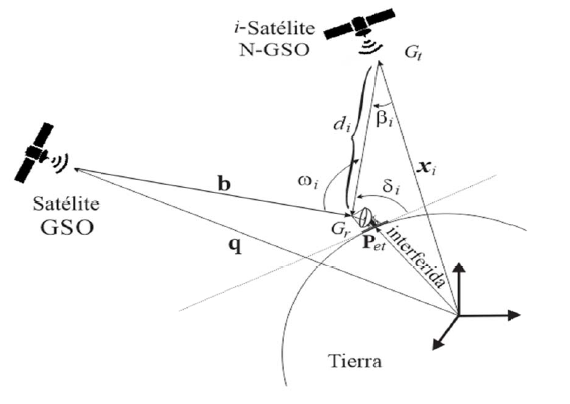Protection of earth stations of the fixed-satellite service in North-American
Main Article Content
Abstract
This work presents a mathematical model for determining a limiting mask for equivalent power flux density produced by the North American region's downlinks of non-GSO satellite systems. This mask protects earth stations from the interference generated by non-GSO satellites. The mathematical model is employed to generate an EPFD↓ mask. An analysis of two systems is made to compare the behavior of the mask in the North American region.
Downloads
Article Details
Section

This work is licensed under a Creative Commons Attribution 4.0 International License.
Authors who publish in this journal agree to the following terms: Authors retain the copyright and guarantee the journal the right to be the first publication of the work, as well as, licensed under a Creative Commons Attribution License that allows others share the work with an acknowledgment of the authorship of the work and the initial publication in this journal. Authors may separately establish additional agreements for the non-exclusive distribution of the version of the work published in the journal (for example, placing it in an institutional repository or publishing it in a book), with acknowledgment of its initial publication in this journal. Authors are allowed and encouraged to disseminate their work electronically (for example, in institutional repositories or on their own website) before and during the submission process, as it may lead to productive exchanges as well as further citation earliest and oldest of published works.

